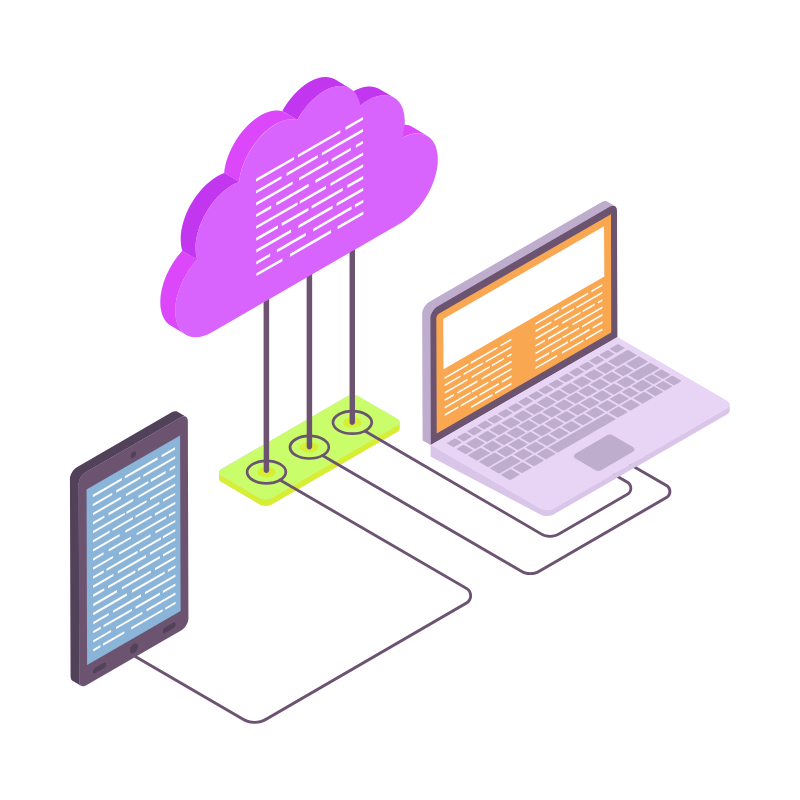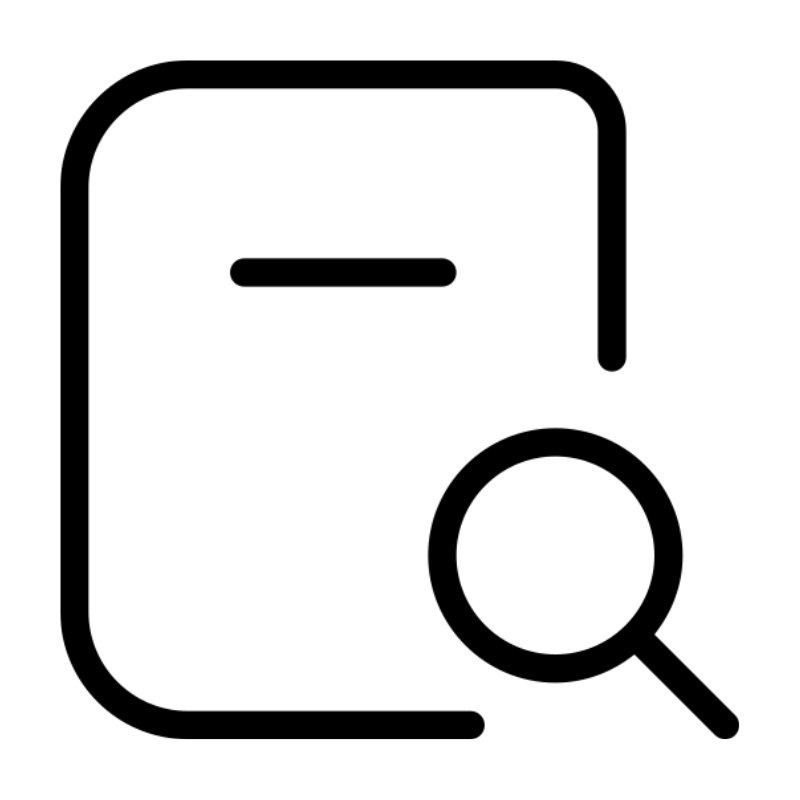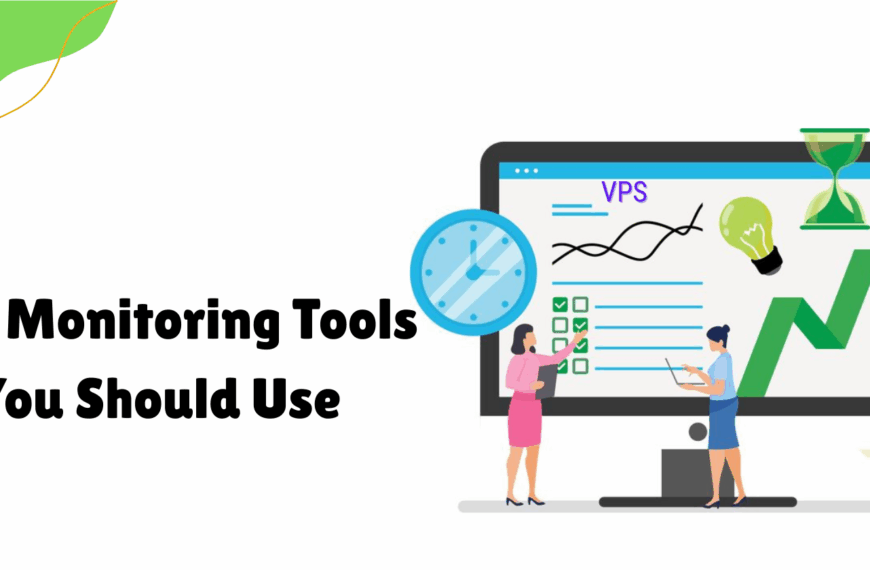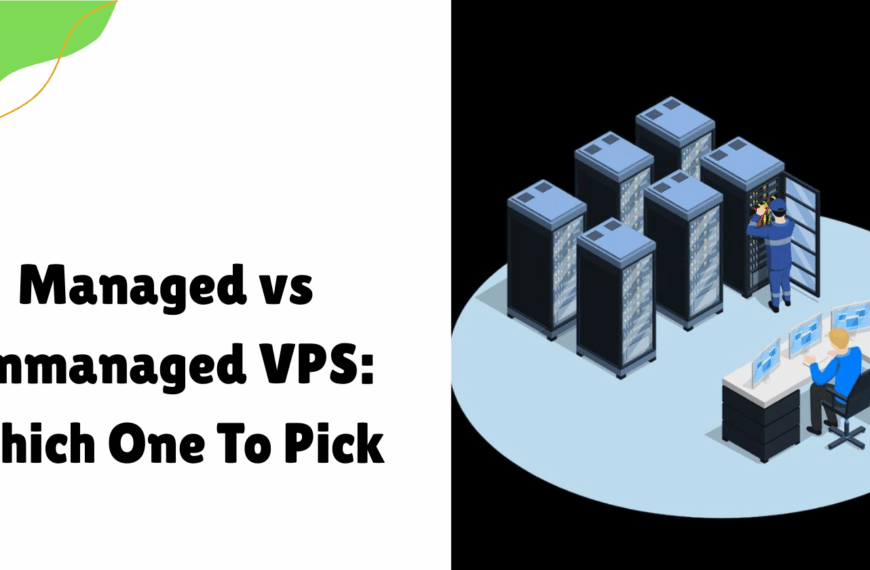Are you looking for a reliable managed database in South Africa? You found it.
In here, you will find all the information you need to know about managed databases in South Africa, and whether it is something you should go with for your business.
Since ages ago, running a business always revolved around only one person, you the owner!
You had to do everything by yourself even if you have a team. Why? Because you want the best and honestly, there was no other way to make sure that your business is delivering its promise to the customers.
Fast-forward to today, the age of outsourcing.
You no longer have to own any of the infrastructures you are building your business around.
In fact, this shift in business dynamics has seen a record sprout of entrepreneurs who are revolutionizing their industries.
Can you imagine Uber is the largest Taxi company in the world without actually owning any cars?
How about Airbnb is the largest landlord in the world without owning any properties?
Ridiculous, right?
Wrong!
The world has shifted from being miles apart and has turned into this village where people can pool resources together.
Why am I telling you this?
Table of Contents
Managed database in South Africa
What is managed database in South Africa? It is a web-based service where you gain cloud benefits related to databases.
Instead of scratching your head and trying to figure out how to get the best from your DB, all you have to do is contact companies like Truehost Africa and they will take care of everything.
Why should I do that, you may wonder.
Well, there are three core benefits of using managed database in South Africa;
a). Scalability
When you leave the running and management of a database to reliable providers like Truehost Africa, you leave room for scaling other areas of your business.
Instead of allocating much of your time to figuring out how to get the best from your DB, you can channel all those resources to doing what you do best, growing your business.
See, managed database providers in South Africa like Truehost have invested a ton of resources in making sure they have the right server hardware and experience to keep their promises.
And by working with them, you are tapping into this pool of resources, which in turn reduces the costs of scaling your business in South Africa.
b). Cost-effectiveness
Before today, when you needed a database, you had to purchase the whole thing.
This means that even if your product is not yet capable of utilizing the whole resources provided, you had no choice but to pay the full price.
But not anymore.
With our managed databases in South Africa, you will spend money on exactly what you need, nothing more, nothing less.
How is that possible?
Well, server resources are only provisioned when they are needed. This means that you can also terminate them when you no longer require them.
By doing so, you eliminate waste, which in turn keep your costs as low as possible leaving a surplus to grow your empire.
c). Security
Losing your data is the biggest threat to every business, especially those relying on online resources such as databases to run.
The truth is managed database in South Africa is more secure than an in-house solution.
At Truehost Africa, we have the expertise to maintain DB security which includes firewalls as well as daily backups.
Additionally, we strive to stay up-to-date on the latest security threats.
Cost of Managed Database in South Africa
There are two different types of database cluster plans. Single node clusters let your database stay on one computer, so if it crashes, you will not have any data.
But you can also have a high availability cluster where the database is shared by many computers so if one crashes, there will still be some data.
a). Single node clusters
Begins at $15.00 per month for a single node cluster with 1 GB of RAM. Single node clusters are not highly available, but they feature automatic failover. These clusters are a good fit for preliminary development and testing.
b). High availability clusters
High availability clusters have a price starting at $15.00 per month for a 2 GB RAM/1 vCPU primary node with at least one $10.00 per month matching standby node for automatic failover.
At the same time, you can add or remove standby nodes any time you want.
Other features, like point-in-time recovery and read-only nodes, vary by a database engine.
c). Read-only nodes
Its price starts at $5.00 per month. Read-only nodes are actually replicas of a cluster’s primary node located in additional geographical regions.
Managed database Features include;
- Automatic updates – all you have to do is pick a time and a date which automatic updates happens weekly for both the database engine and operating system
- Daily point-in-time backups – with full cluster backups, you have access to daily backups and write-ahead-logs, which can restore your data to any point-in-time within the last 7 days
- End-to-end security features
- High availability with automated failover
- Cluster metrics and alerting
 Web Hosting
Web Hosting Windows HostingBuilt for Windows apps and websites – stability, speed and flexibility
Windows HostingBuilt for Windows apps and websites – stability, speed and flexibility Reseller HostingLaunch a hosting business without technical skills or expensive infrastructure
Reseller HostingLaunch a hosting business without technical skills or expensive infrastructure Affiliate ProgramRefer customers and earn commissions from sales across our platform
Affiliate ProgramRefer customers and earn commissions from sales across our platform Domain SearchFind and secure a domain name in seconds with our quick lookup tool
Domain SearchFind and secure a domain name in seconds with our quick lookup tool CO ZA Domains
CO ZA Domains All DomainsExplore domain names from over 324 TLDs globally – all in one place
All DomainsExplore domain names from over 324 TLDs globally – all in one place Free Whois Lookup Tool South Africa
Free Whois Lookup Tool South Africa VPS
VPS SSLs
SSLs









